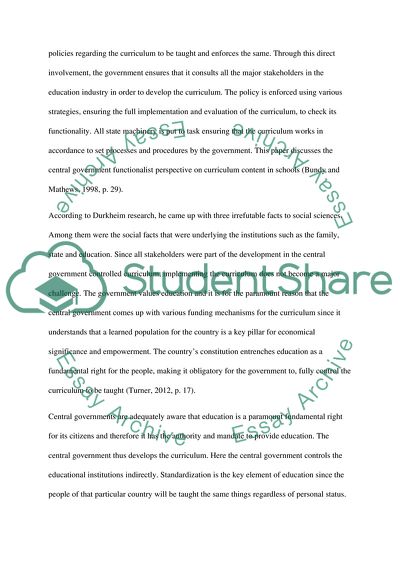Cite this document
(Education and society Essay Example | Topics and Well Written Essays - 2000 words, n.d.)
Education and society Essay Example | Topics and Well Written Essays - 2000 words. Retrieved from https://studentshare.org/education/1784357-education-and-society
Education and society Essay Example | Topics and Well Written Essays - 2000 words. Retrieved from https://studentshare.org/education/1784357-education-and-society
(Education and Society Essay Example | Topics and Well Written Essays - 2000 Words)
Education and Society Essay Example | Topics and Well Written Essays - 2000 Words. https://studentshare.org/education/1784357-education-and-society.
Education and Society Essay Example | Topics and Well Written Essays - 2000 Words. https://studentshare.org/education/1784357-education-and-society.
“Education and Society Essay Example | Topics and Well Written Essays - 2000 Words”. https://studentshare.org/education/1784357-education-and-society.


